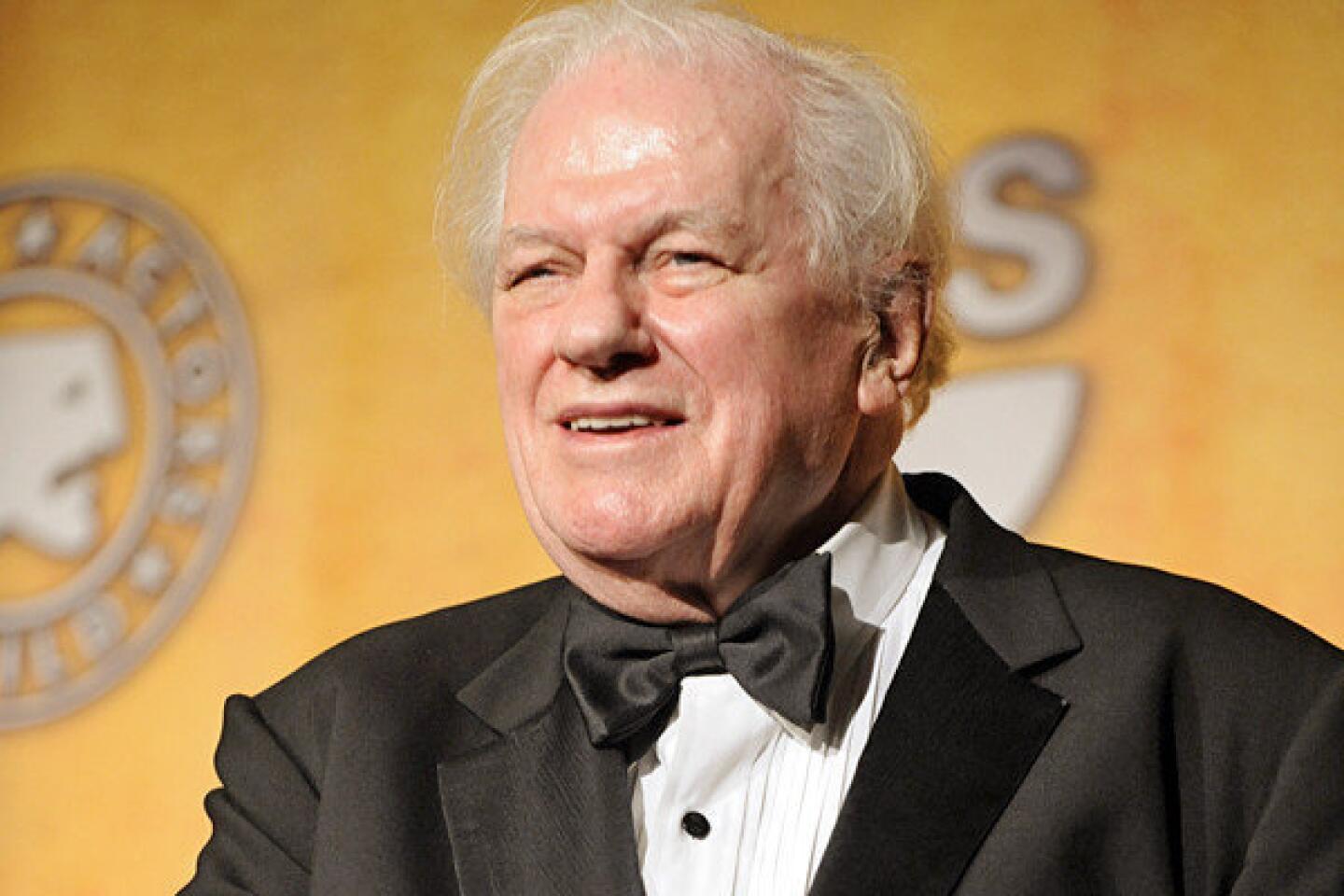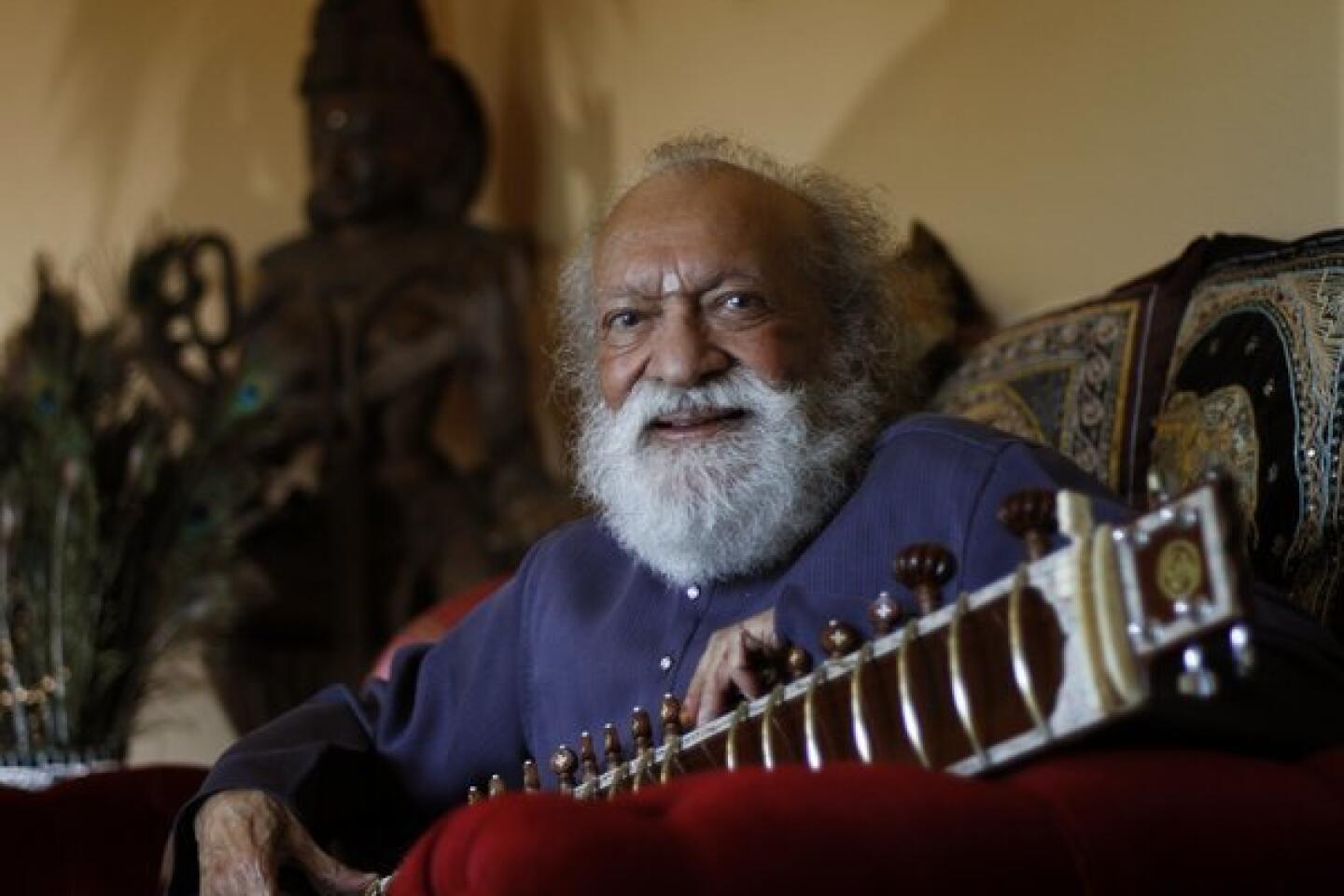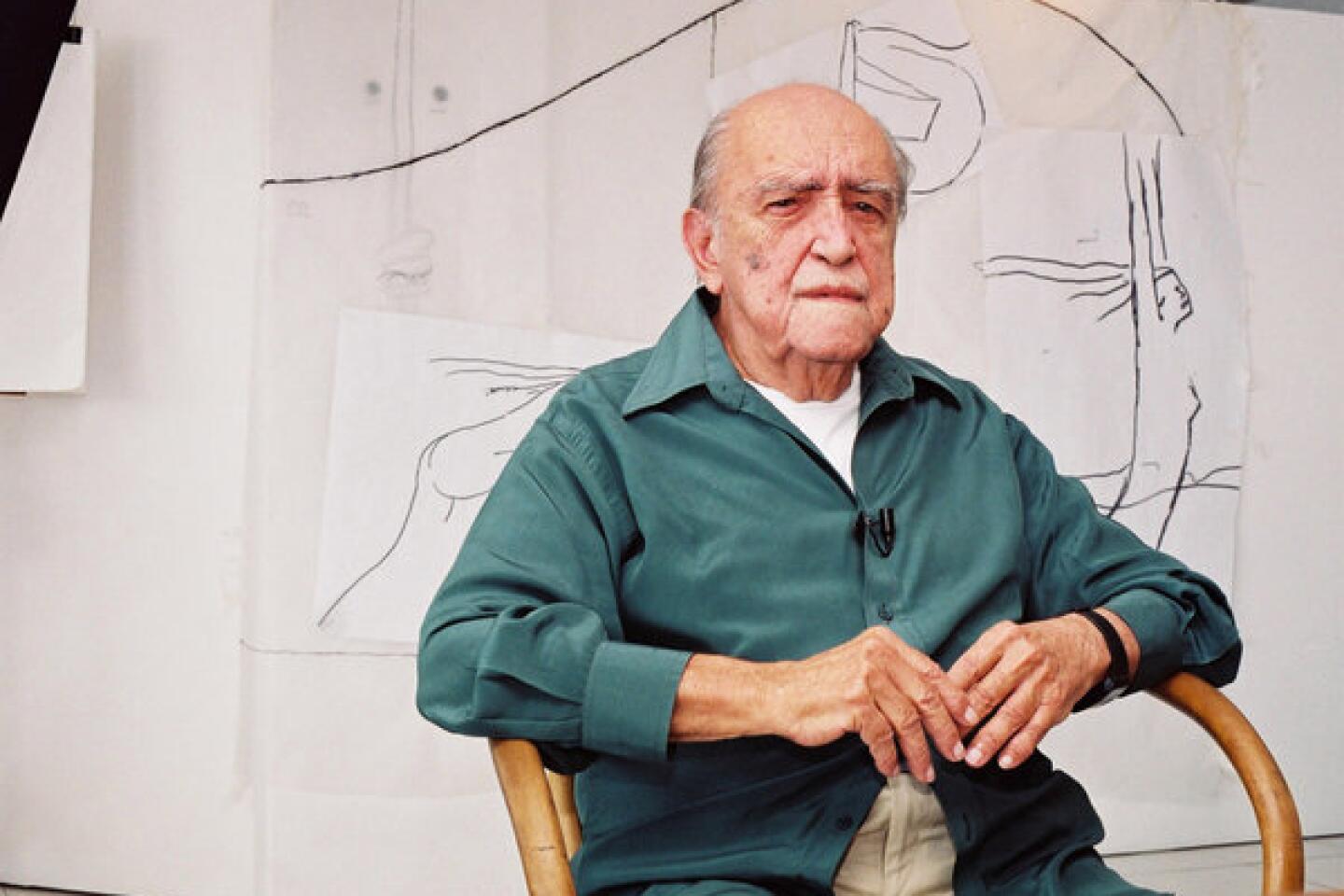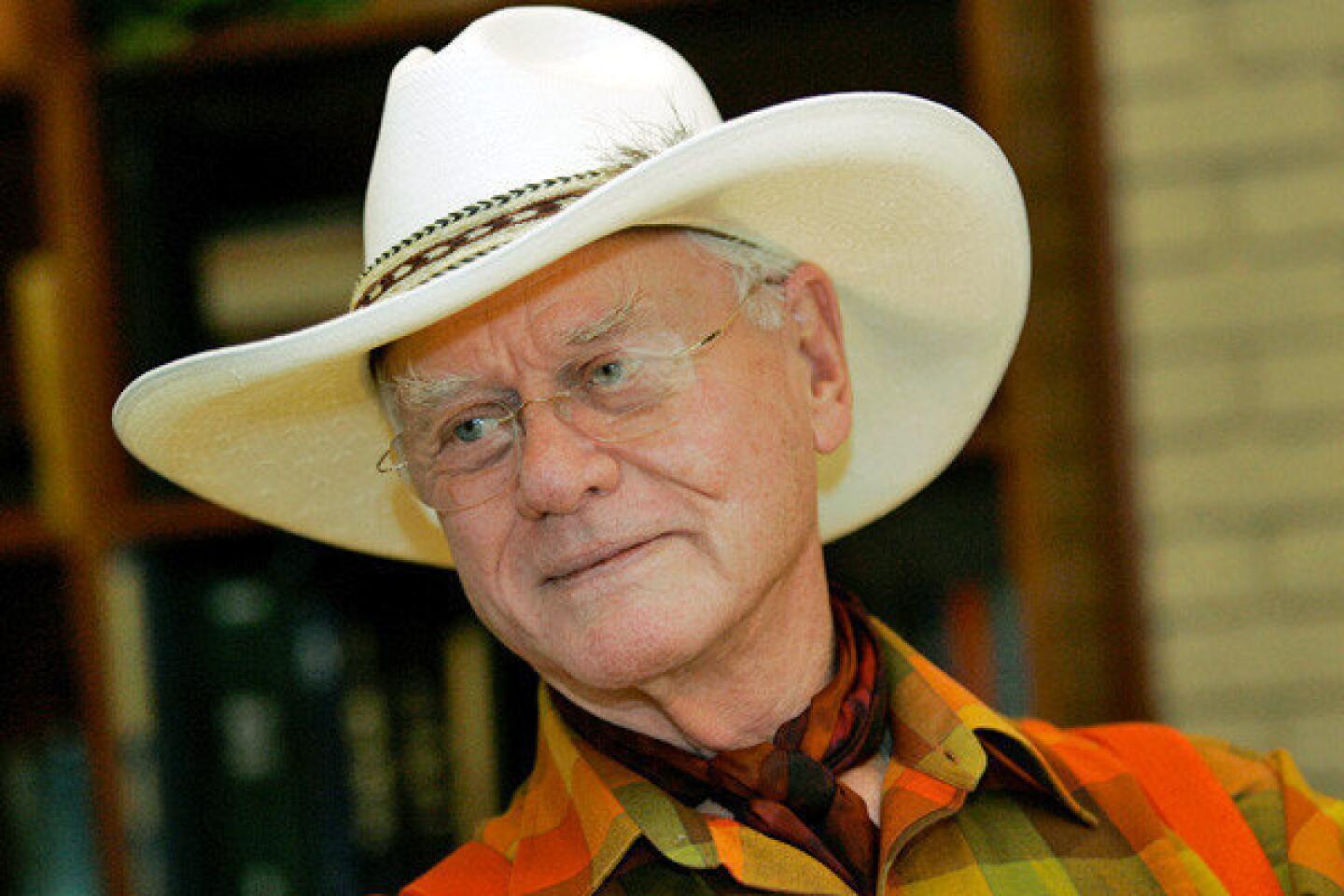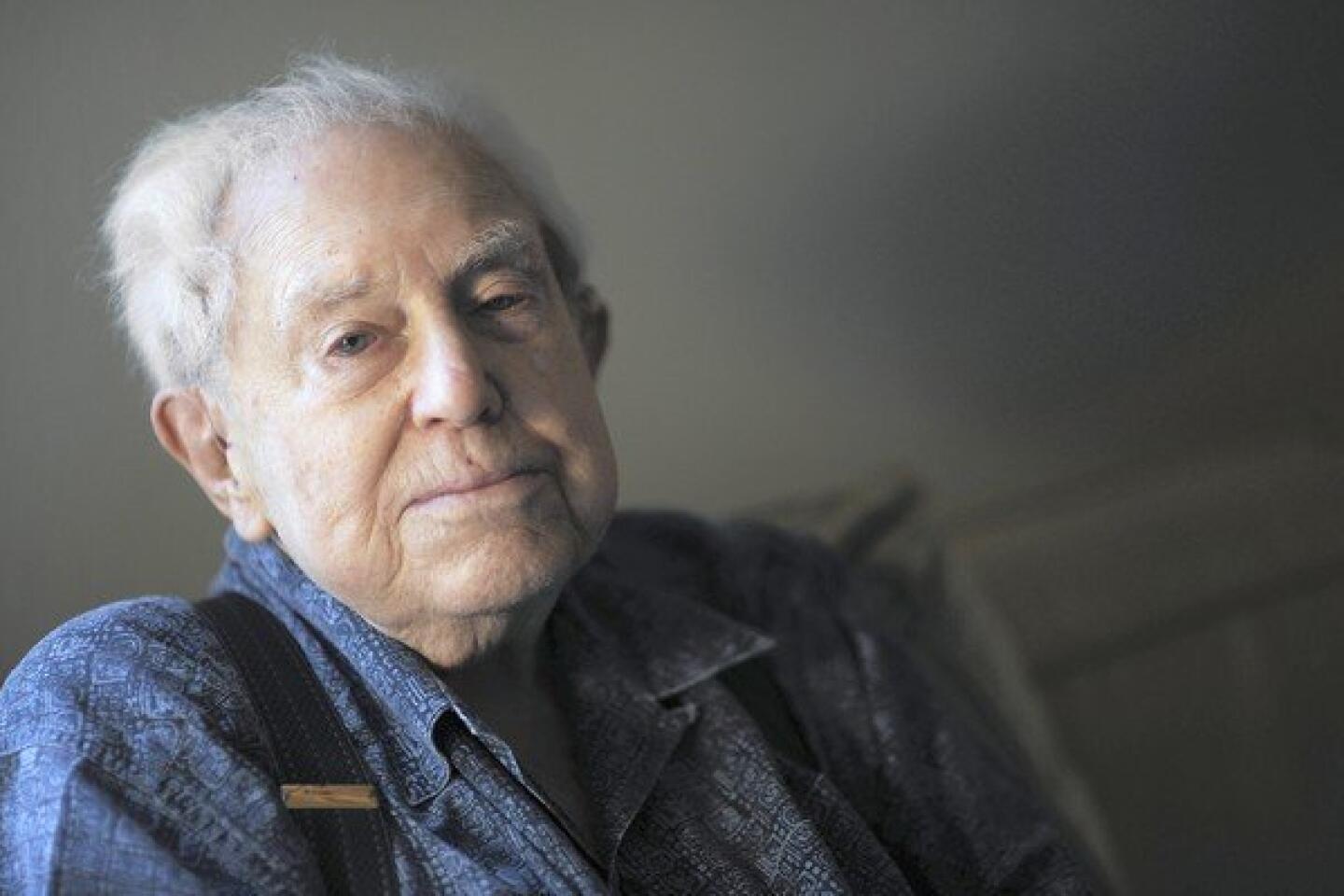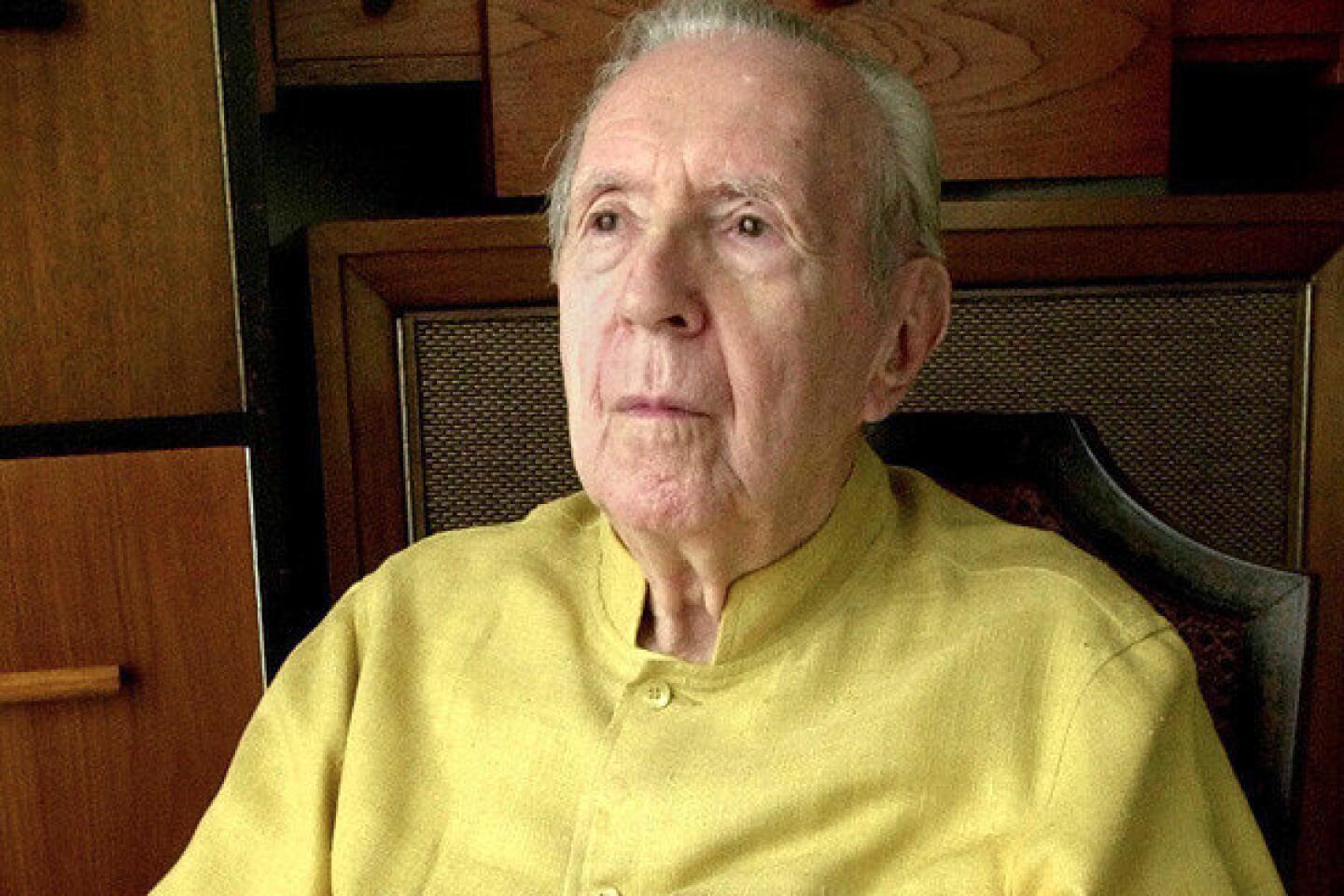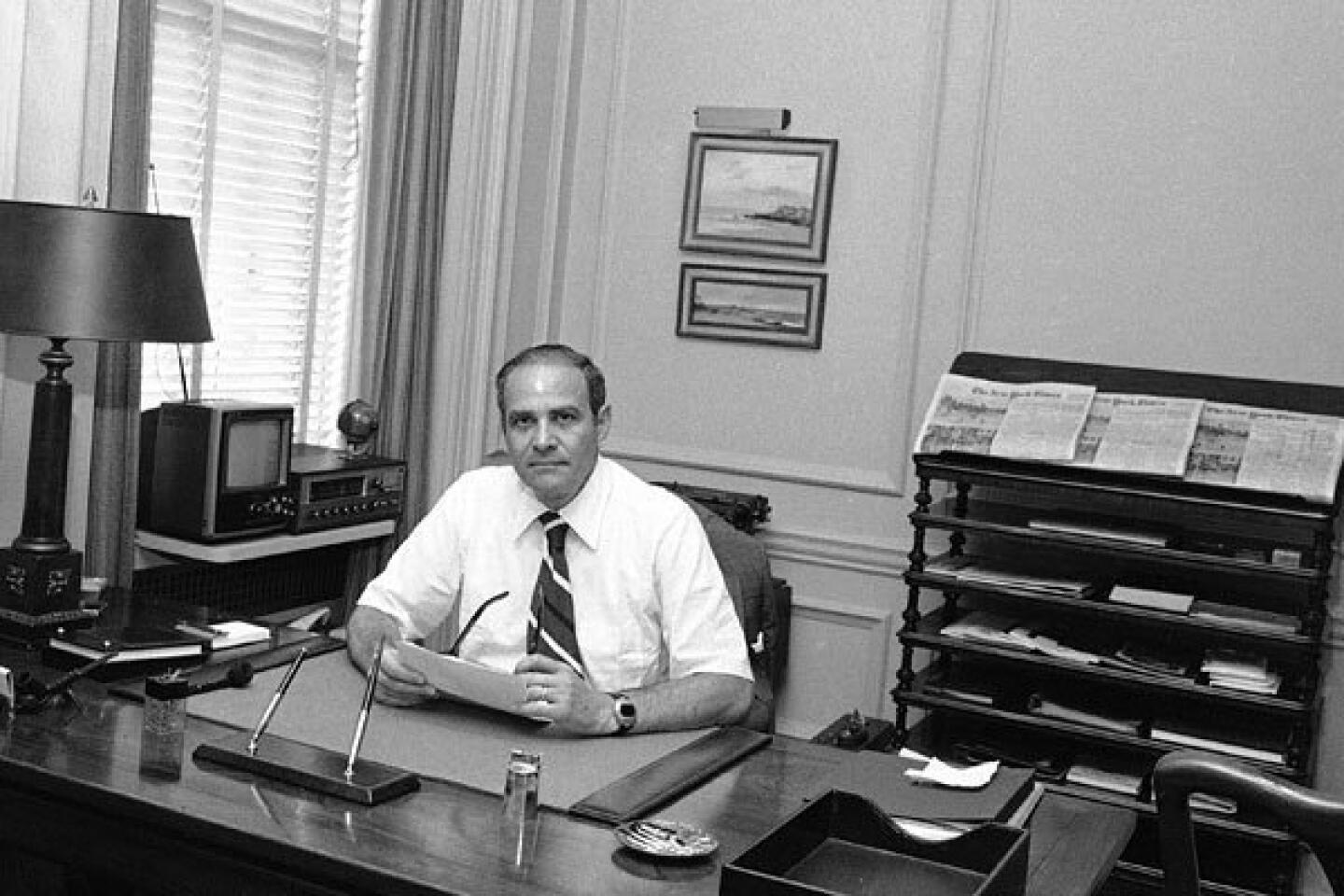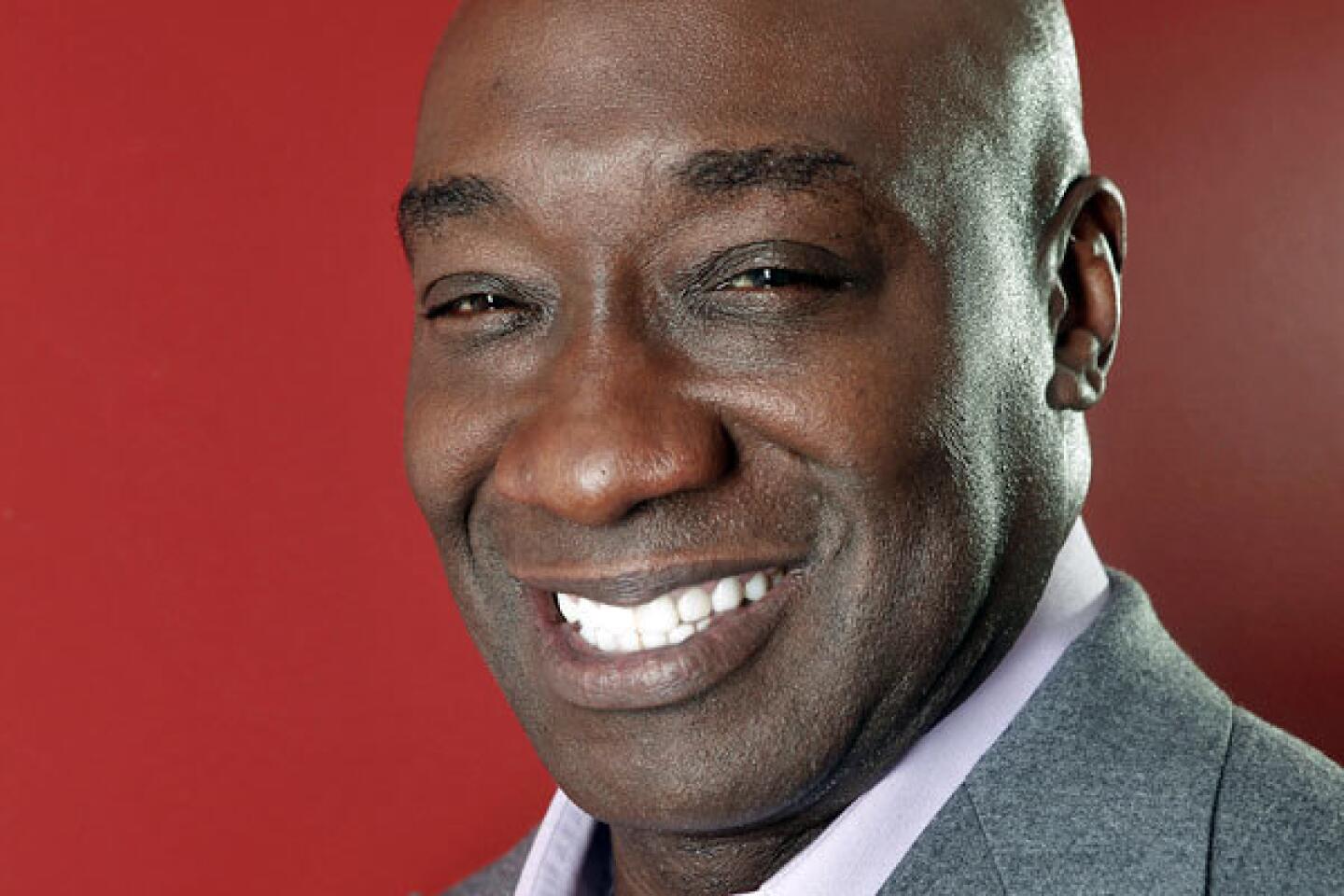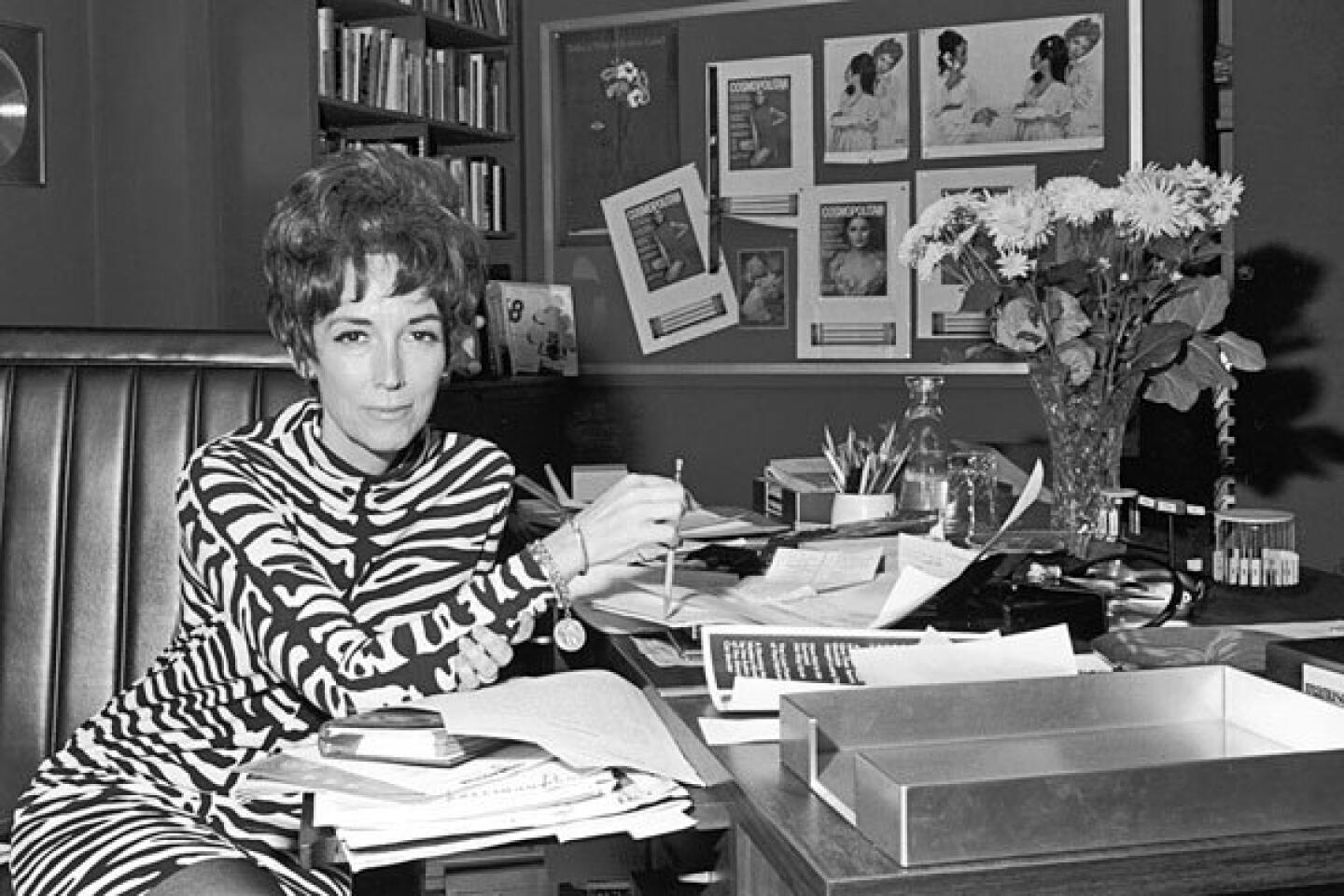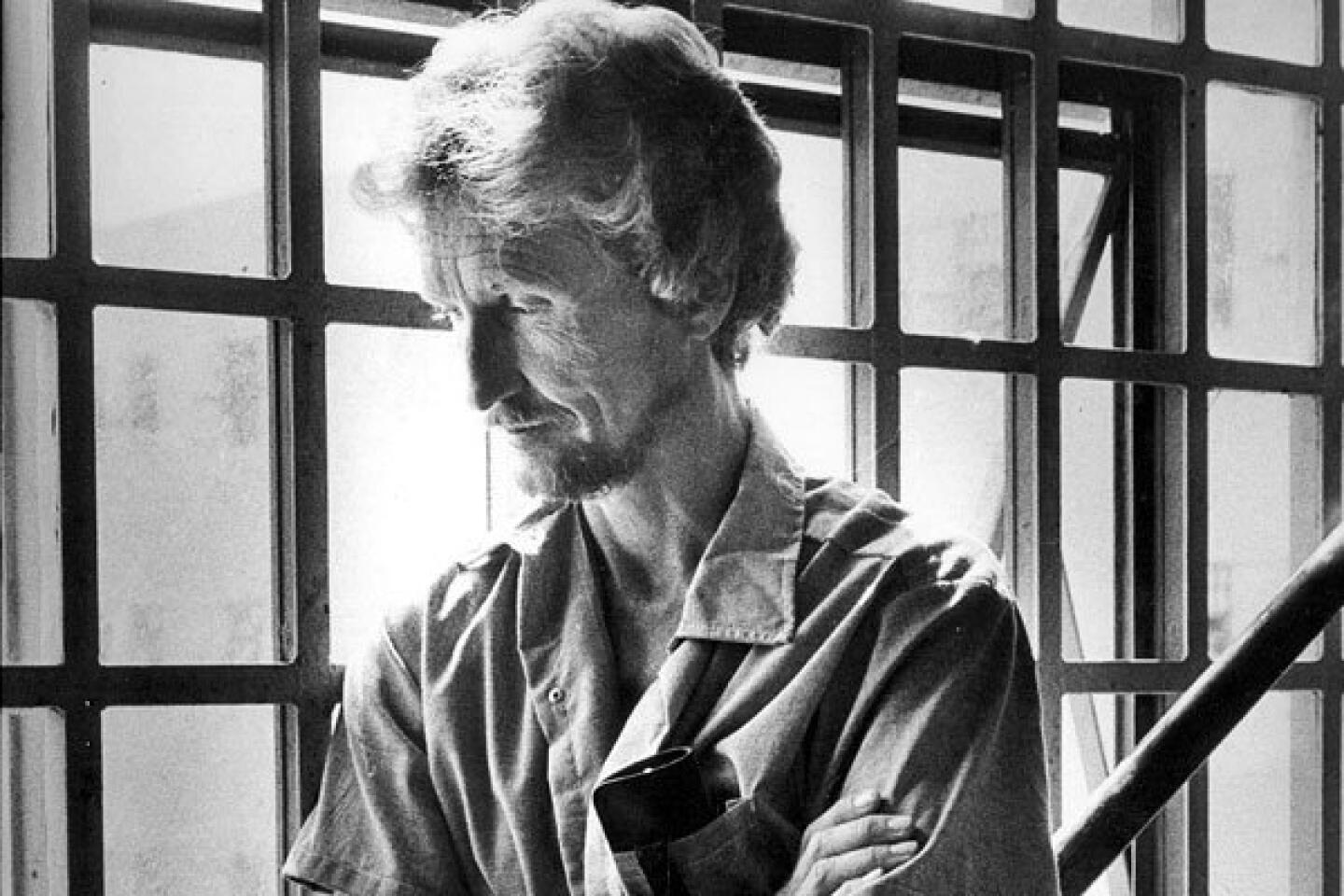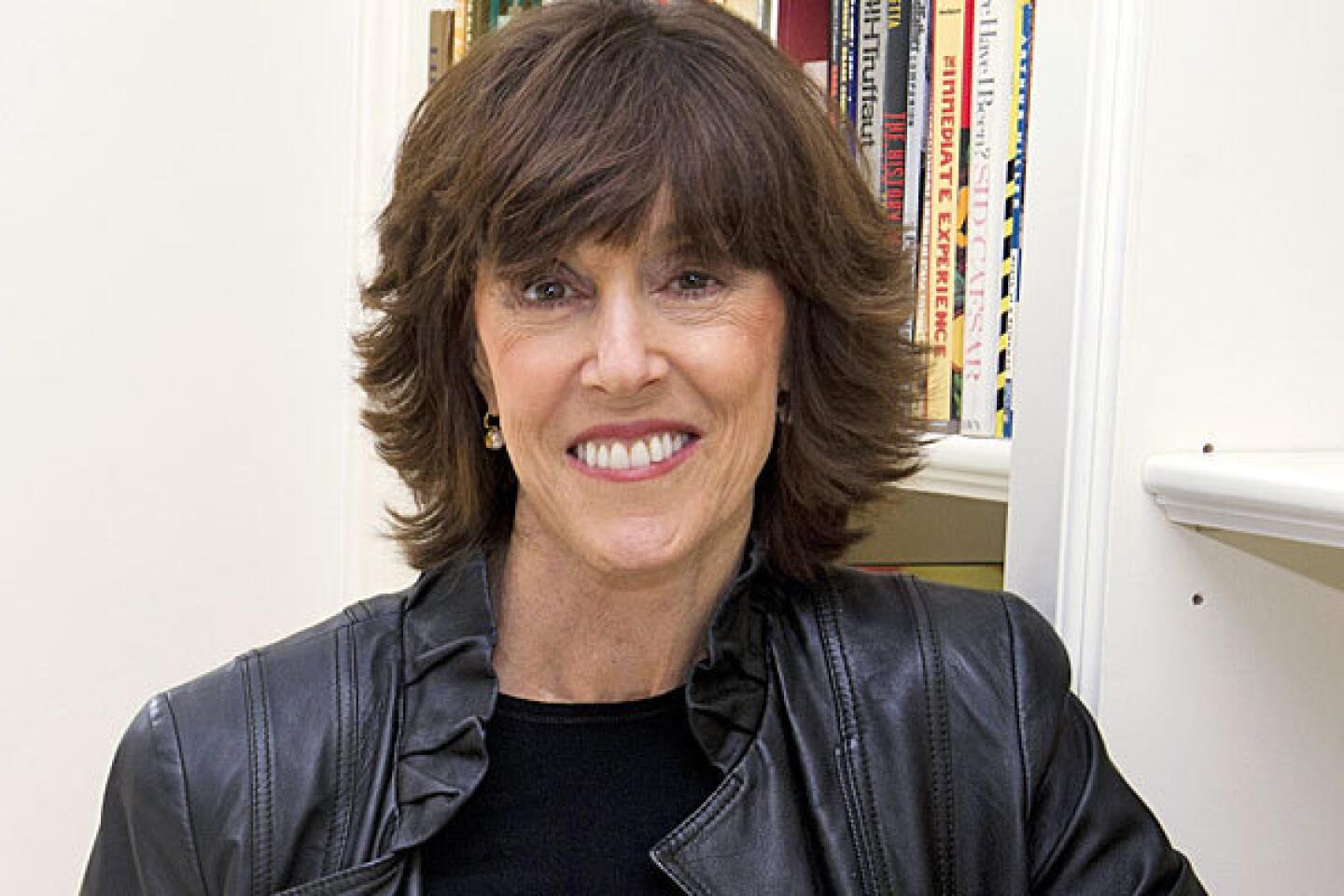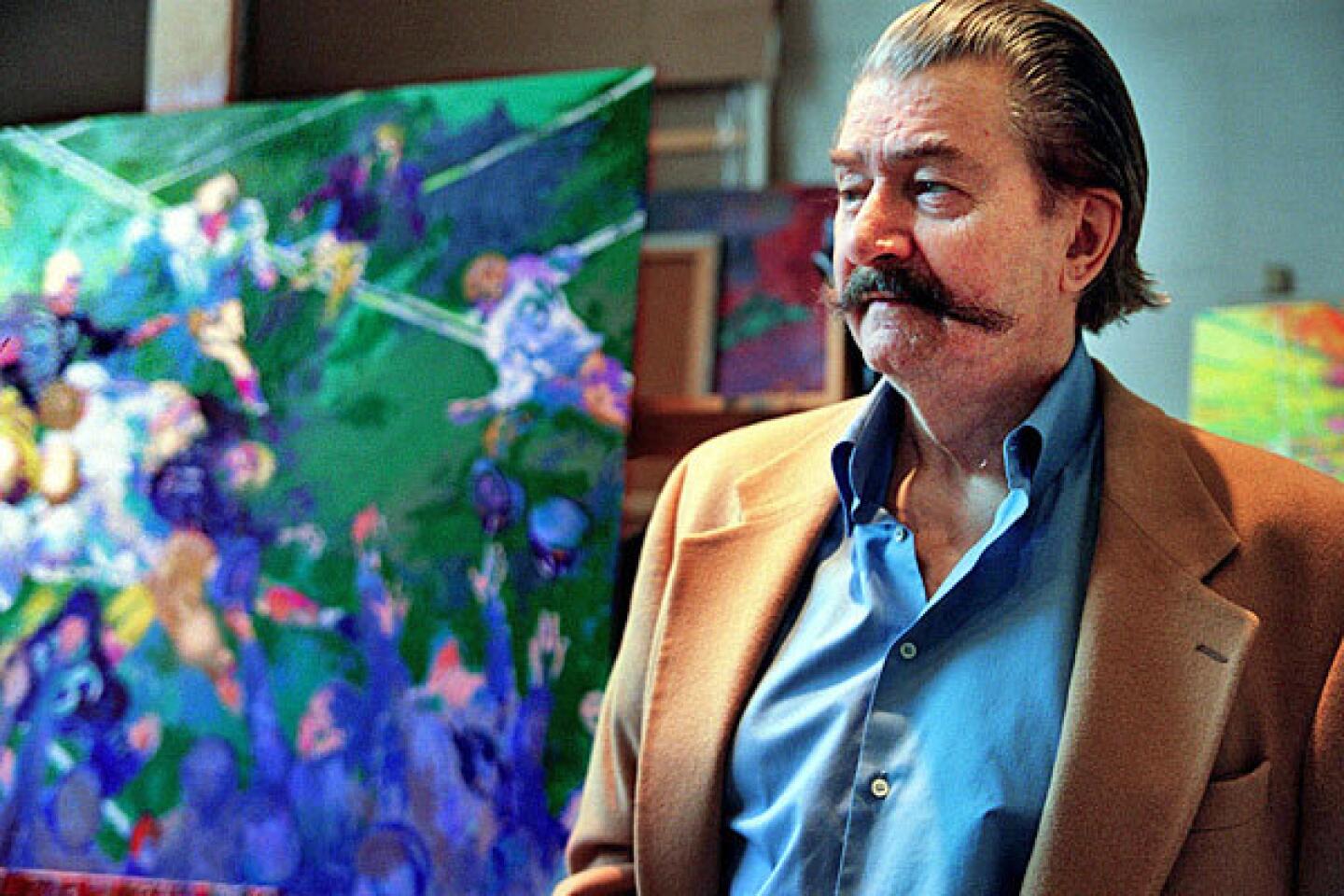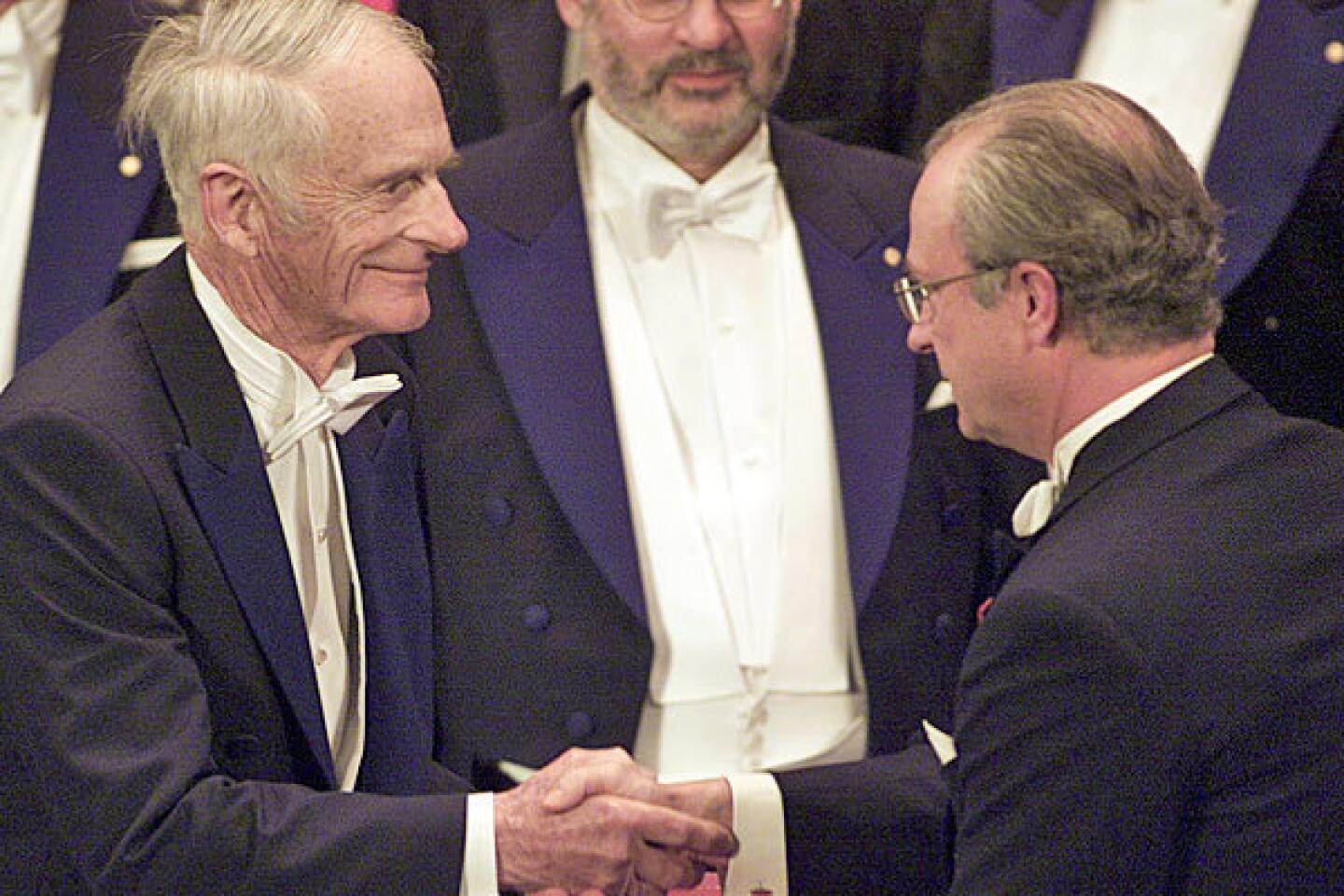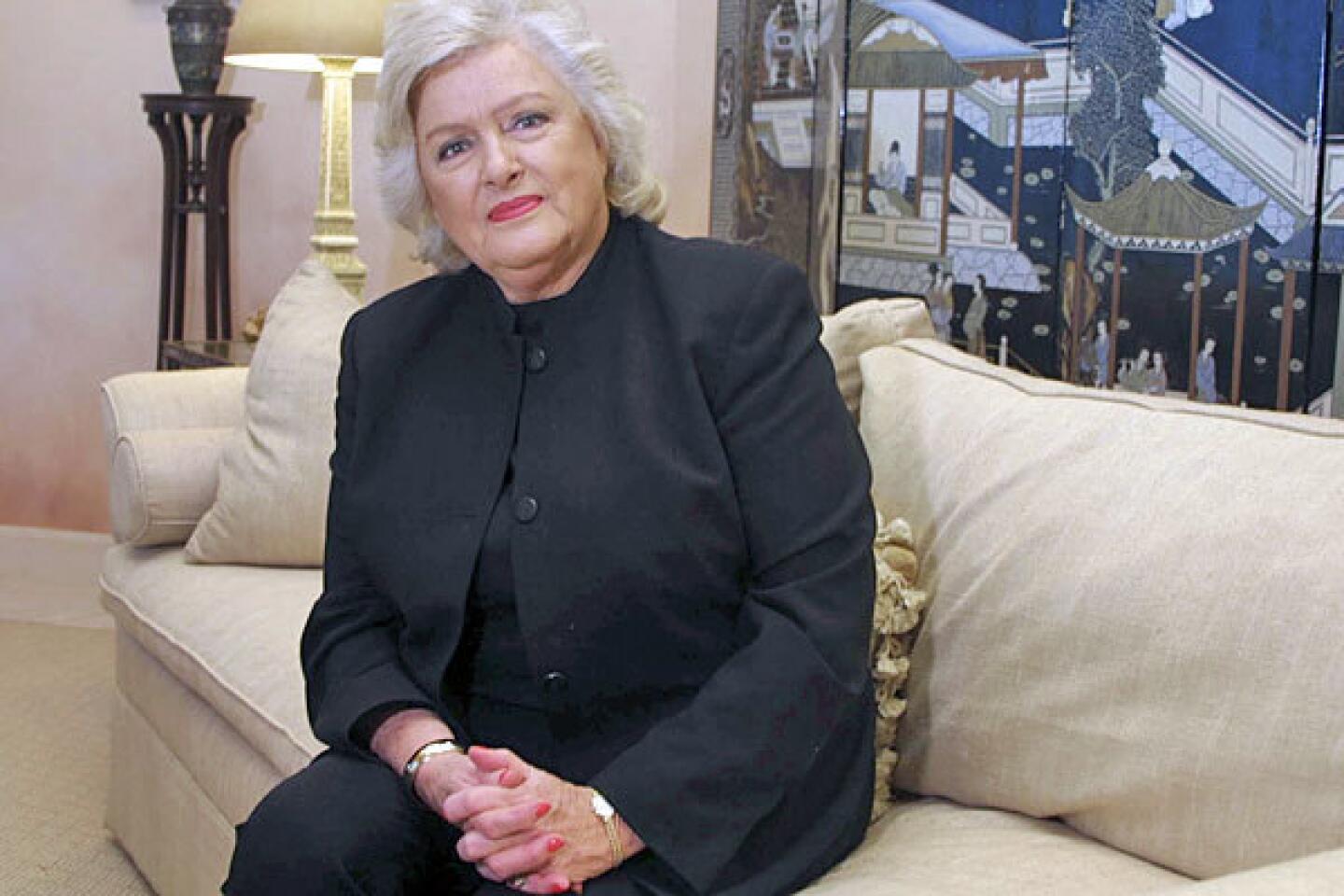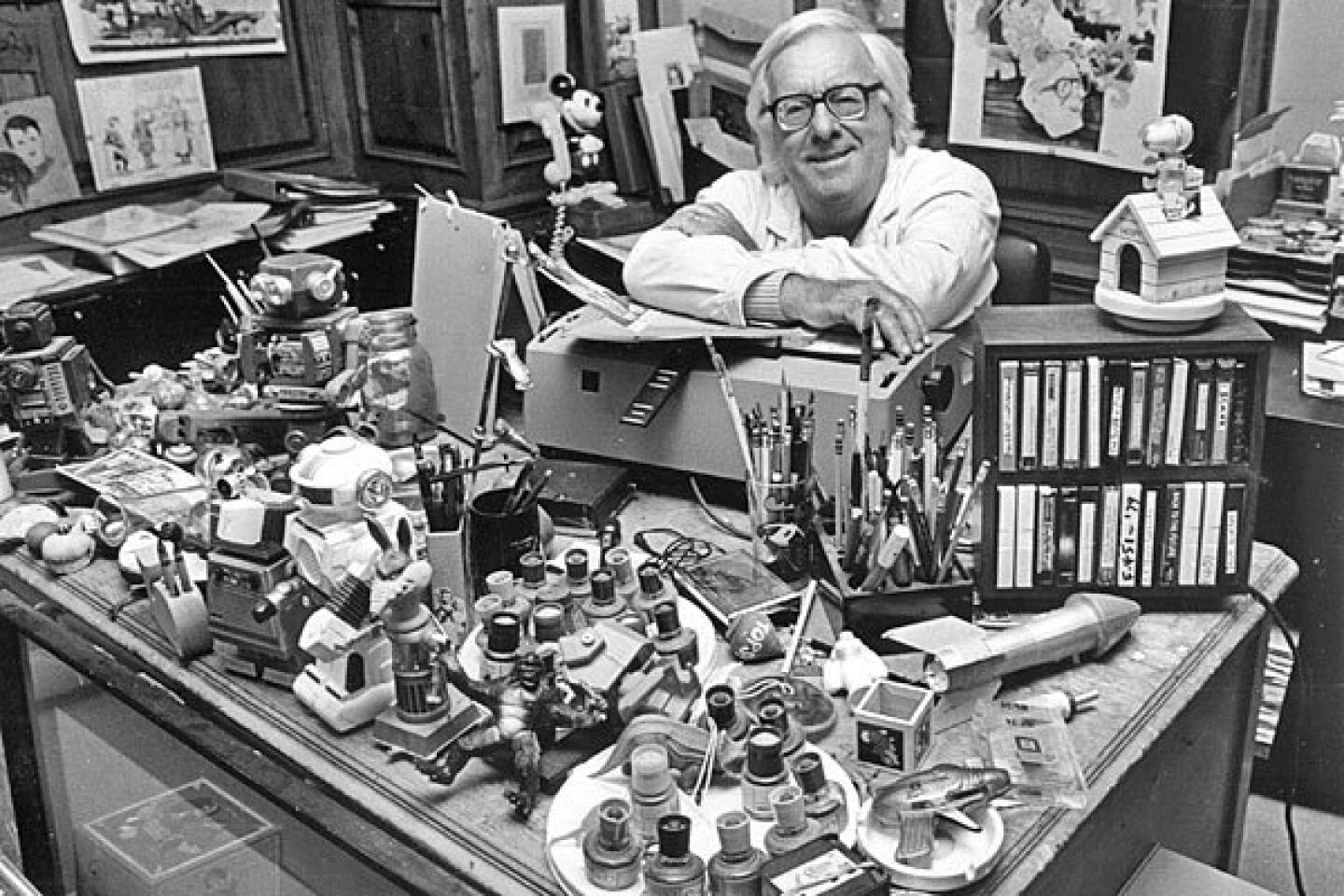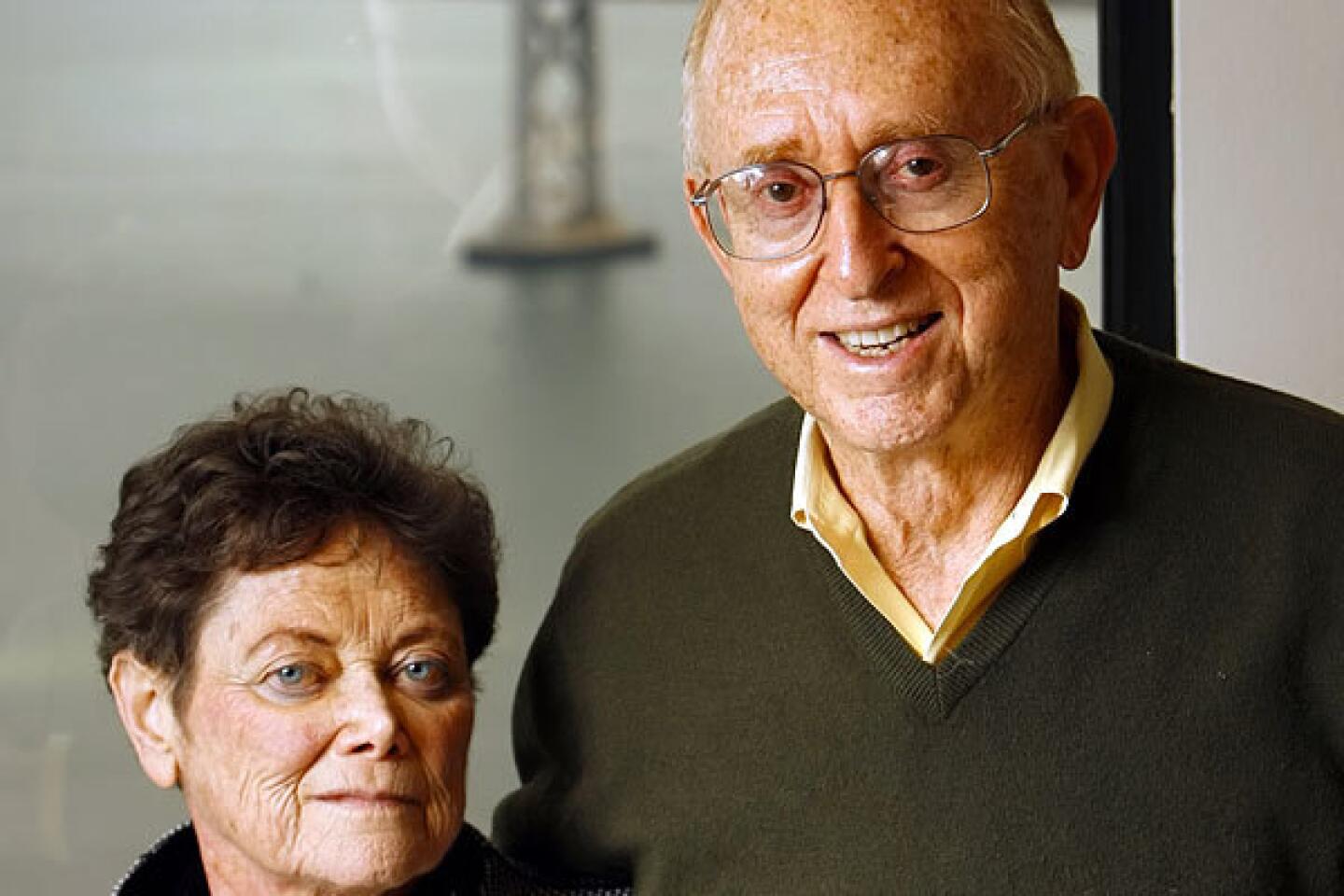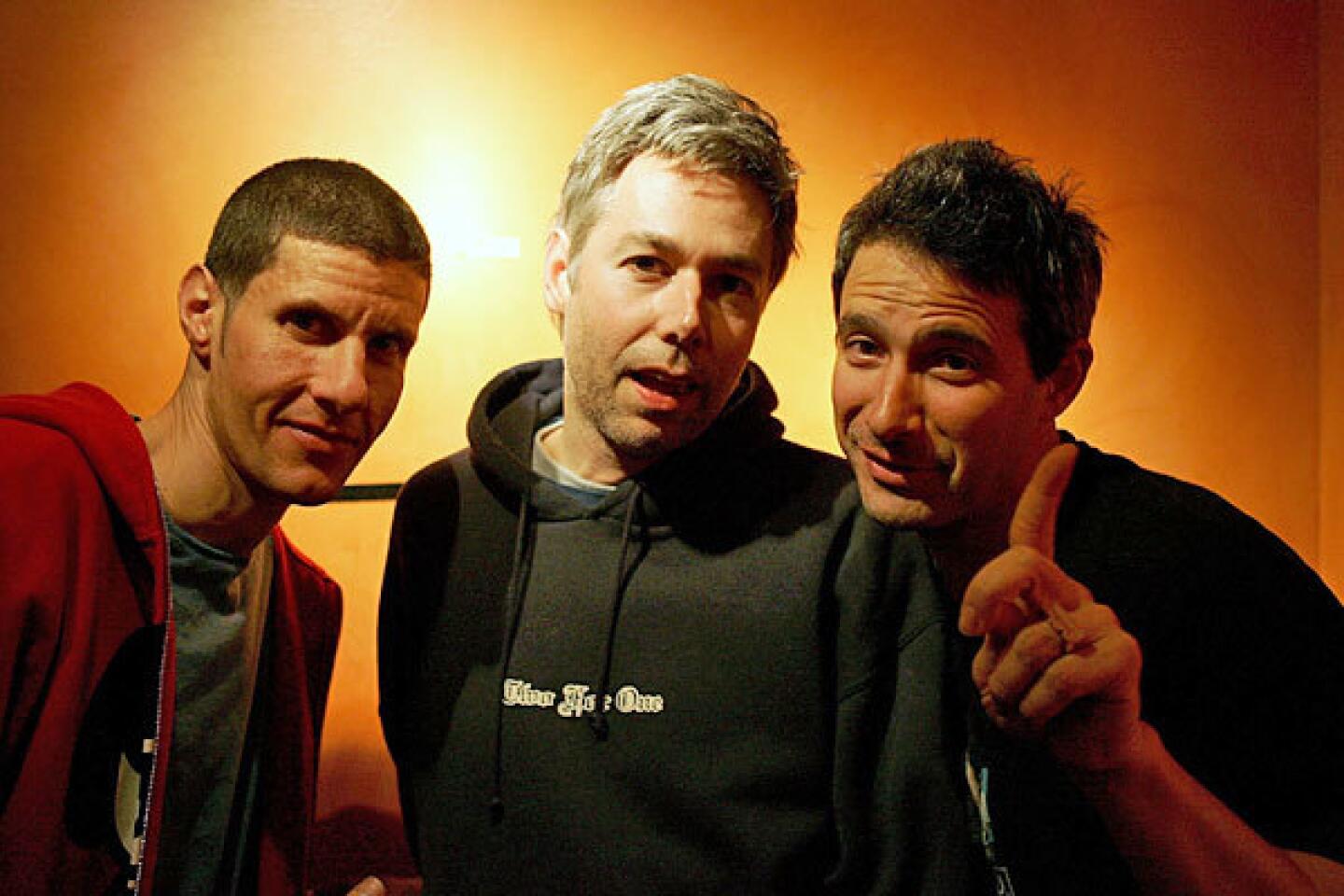Wallace L.W. Sargent dies at 77; Caltech astrophysicist
- Share via
Wallace L.W. Sargent, a Caltech astrophysicist known for his observations of black holes, quasars and other celestial objects at the farthest reaches of the universe, died Oct. 29 at the USC Norris Comprehensive Cancer Center in Los Angeles, according to a Caltech spokesman. He was 77 and had been battling prostate cancer.
A professor emeritus of astronomy, Sargent arrived at Caltech from his native Britain in 1959 and spent three years as a research fellow. He returned to the university in 1966 as an assistant professor and became a full professor in 1971.
Sargent did much of his research at Palomar Observatory in northern San Diego County using its 200-inch Hale telescope. He was the principal investigator for the observatory’s second sky survey, which ran from 1985 to 2000 and converted photographic images to digital format so they could be analyzed with computers. From 1997 to 2000 he was director of the observatory, which is owned and operated by Caltech.
His areas of expertise, according to Caltech, included analysis of quasar absorption lines and surveys of active galactic nuclei and remote clusters and superclusters of galaxies. In 1986, Sargent and his colleagues reported their discovery of a new quasar — or starlike object radiating immense quantities of energy — more than 10 million light years farther than had been found before. Sargent and the Caltech crew used the Hale telescope while working with scientists in Australia.
Known as “Wal,” Wallace Leslie William Sargent was born Feb. 15, 1935, in Elsham, England, and grew up in Winterton, a village northeast of Nottingham.
“Nobody in my family had been to high school,” he said in a 1985 Los Angeles Times magazine profile. “There were no books in my house to speak of.” But his mother, who worked as a housekeeper, brought home a children’s encyclopedia; and he became fascinated by its photographs and descriptions of stars and planets. He attended the University of Manchester, where he earned bachelor’s, master’s and doctoral degrees.
After his initial tenure as a research fellow at Caltech, Sargent returned to England and did research at the Royal Greenwich Observatory. There he met his future wife, Anneila Cassells, who is now an astronomy professor at Caltech and the university’s vice president for student affairs.
Besides his wife, he is survived by daughters Lindsay Sargent Berg and Alison Hubbs, and four grandsons.
More to Read
Start your day right
Sign up for Essential California for the L.A. Times biggest news, features and recommendations in your inbox six days a week.
You may occasionally receive promotional content from the Los Angeles Times.


